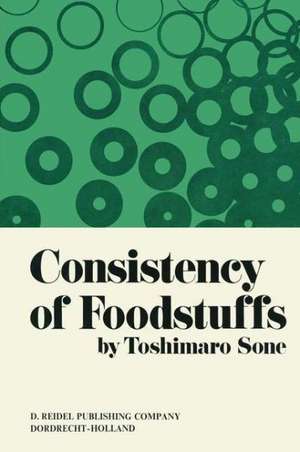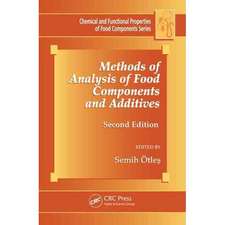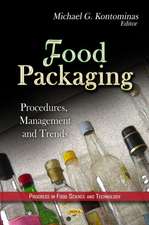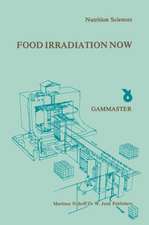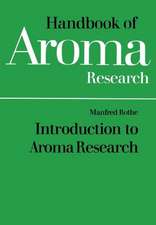Consistency of Foodstuffs
Autor T. Sone Traducere de S. Matsumotoen Limba Engleză Paperback – 5 noi 2011
Preț: 382.75 lei
Nou
Puncte Express: 574
Preț estimativ în valută:
73.25€ • 79.54$ • 61.53£
73.25€ • 79.54$ • 61.53£
Carte tipărită la comandă
Livrare economică 23 aprilie-07 mai
Preluare comenzi: 021 569.72.76
Specificații
ISBN-13: 9789401028783
ISBN-10: 9401028788
Pagini: 204
Ilustrații: X, 188 p.
Dimensiuni: 160 x 240 x 11 mm
Greutate: 0.29 kg
Ediția:Softcover reprint of the original 1st ed. 1972
Editura: SPRINGER NETHERLANDS
Colecția Springer
Locul publicării:Dordrecht, Netherlands
ISBN-10: 9401028788
Pagini: 204
Ilustrații: X, 188 p.
Dimensiuni: 160 x 240 x 11 mm
Greutate: 0.29 kg
Ediția:Softcover reprint of the original 1st ed. 1972
Editura: SPRINGER NETHERLANDS
Colecția Springer
Locul publicării:Dordrecht, Netherlands
Public țintă
ResearchCuprins
1 / What is Food Consistency.- 1.1. Texture and Consistency.- 1.2. Consistency and Taste of Foodstuffs.- 1.3. Classification of Consistency.- 2 /Objective Measurements of Consistency.- 2.1. Objective Expressions of Consistency.- 2.2. Measurement of Consistency.- 3 / Consistency of Respective Foods.- 3.1. Liquid Foods.- 3.2. Consistency of Gel-Like Foods.- 3.3. Fibriform Foods.- 3.4. Cellularform Foods.- 3.5. Edible Oils and Fats.- 3.6. Consistency of Powdered Foods.- 3.7. Consistency of Apparently High-Elastic Foods.- 4 / Abnormal Flow Properties of Foodstuffs.- 4.1. Dependence of Food Consistency Upon Time.- 4.2. Surface Consistency of Foods.- 5 / Sensory Assessment of Firmness.- 5.1. Psychorheology.- 5.2. Differential Threshold Between Elasticity and Viscosity.- 5.3. Perception of Firmness of Complex Materials.- 5.4. Mechanical Properties and Firmness in Subjective Perception.- 5.5. Relationship Between Psychological Stimulus and Physical Stimulus.- 6 / Application of Consistency in Food Technology.- 6.1. Consistency and Thermal Conductivity.- 6.2. Thermal Conductivity of Non-Newtonian Fluids.- 6.3. Mixing of Non-Newtonian Fluids.- 6.4. Application to Coating.- 6.5. Measurements of Pipe Flow Flux of Non-Newtonian Foods.- General Bibliography.- Index of Names.- Index of Subjects.
